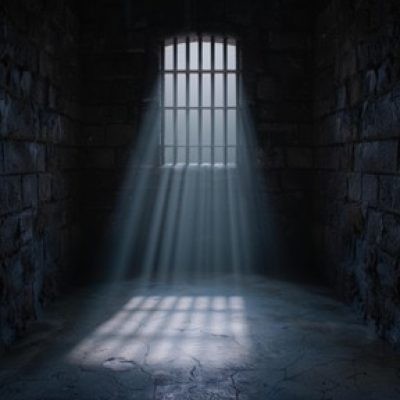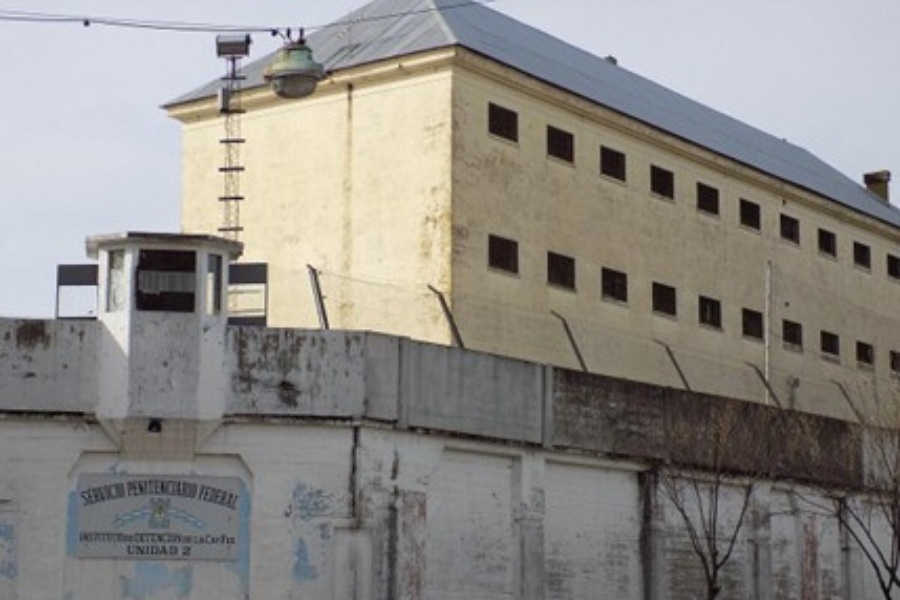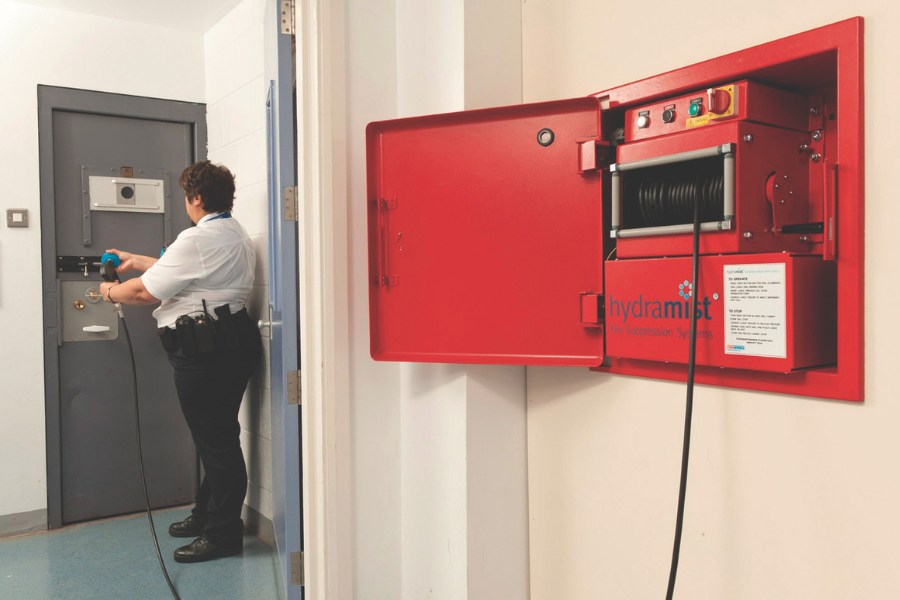Cover image: “Cárcel de Devoto, Buenos Aires” by Nicofava, available on Wikimedia Commons, licensed under CC BY-SA 4.0.
Article
Social reintegration is one of the fundamental pillars of modern prison systems. In Argentina, Law 24,660 establishes in its first article that: “The enforcement of custodial sentences, in all their modalities, aims to ensure that the convicted person acquires the capacity to understand and respect the law, seeking their adequate social reintegration, and promoting society’s understanding and support.”
However, putting this mandate into practice is extremely complex. According to the latest data from the National Statistics System on Sentence Enforcement (2023), approximately 23% of convicted persons are repeat offenders. In 2024, the Ministry of Justice extended the state of prison emergency—originally declared in 2019—thus officially acknowledging the structural crisis faced by Argentine prisons: overcrowding, lack of resources, deteriorated infrastructure, and deficiencies in medical and psychosocial care.
A structural crisis that limits reintegration
According to data from the Federal Penitentiary Service (SPF), as of March this year, the Argentine federal prison population had reached 11,840 inmates—107% above its official capacity. This overcrowding translates into cells designed for two people holding five or six; gyms converted into makeshift cellblocks; and recreational or common areas turned into sleeping quarters, with mattresses on the floor.
Overcrowding not only undermines the dignity of those serving sentences, but also generates a climate of constant tension. Under such conditions, it becomes extremely difficult to sustain educational, work, or therapeutic programs that prepare inmates for future reintegration.
As a psychologist and criminologist, I have been working for eight years in a federal male prison complex in Buenos Aires City. I have witnessed firsthand how this state of emergency affects both the inmates serving their sentences and those of us working inside the system.
The shortage of human resources is a daily challenge: professionals are numerically insufficient compared to the prison population. This means we must perform multiple roles simultaneously, relegating specific and planned interventions in favor of responding to immediate conflicts.
This overload generates exhaustion and frustration among technical teams, who, despite their commitment and vocation, are limited in their ability to carry out in-depth and sustained work. In practice, many interventions are reduced to the bare minimum: reports, brief interviews, urgent procedures. Structural approaches are often postponed.

Small spaces of change amidst the emergency
Workshops, educational programs, or psychosocial support initiatives require supplies, inter-institutional coordination, and continuity over time. Yet, budget fluctuations interrupt these initiatives, producing limited, fragmented, and often symbolic interventions rather than transformative ones.
In contrast, experiences in other countries show that sustained investment in work and educational programs within prisons significantly reduces recidivism. Argentina could draw on these practices and adapt them to its own context.
The lack of systematic national studies also hinders the design of effective public policies. Although some post-release follow-up programs exist, they are scarce. As a result, many people leave prison without access to support networks, employment, or training. Often, they return to the same environments where they previously offended, or they end up homeless.
This problem extends beyond prison walls. Public safety directly impacts the daily lives of citizens. Ignoring overcrowding, resource shortages, or the lack of reintegration programs means accepting a model that, far from reducing crime, reproduces and perpetuates it.
Still, my experience indicates that—even in critical contexts—it is possible to generate small spaces for change. Workshops, listening spaces, and psychosocial support can open up new horizons, however limited.
But for these efforts not to depend solely on the goodwill of individual teams, sustained public policies are needed to strengthen professionals and guarantee real reintegration programs.

Imprisonment, by itself, does not solve the problem of crime. It is essential to ensure effective access to fundamental rights once individuals regain their freedom, together with coordination between the State, civil society organizations, and the private sector. Only then will it be possible to create real opportunities for inclusion and to break the cycle of exclusion and recidivism.
Prison should not only be a place of confinement, but also an opportunity for transformation.

Ximena Scarpato holds a degree in Psychology and has worked for eight years in the Criminology Department of the Federal Penitentiary Service. She currently serves at the Federal Penitentiary Complex of Buenos Aires City, conducting psychological evaluations and technical reports with a clinical and criminological approach for people deprived of liberty.


